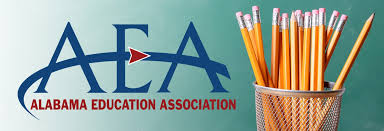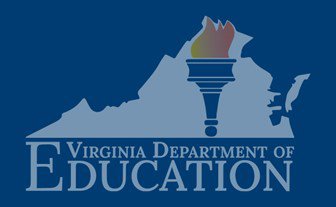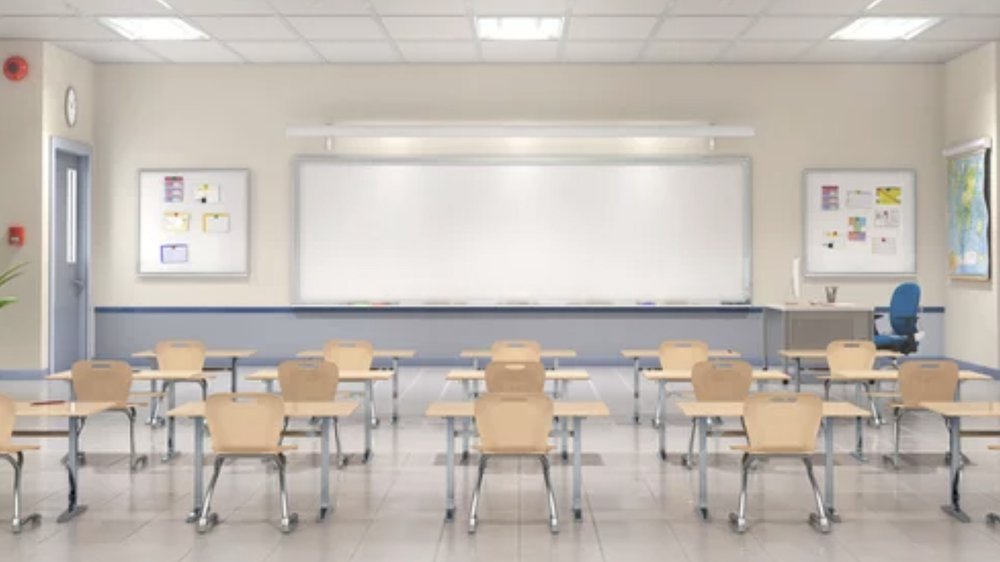Michigan schools have more teachers, fewer students. Are layoffs coming? – By Isabel Lohman, Bridge Michigan
Michigan school districts may need to lay off or otherwise cut more than 5,000 teacher jobs in coming years to balance budgets as pandemic relief funding runs out, according to a new analysis of state public school trends.
The report from the nonpartisan Citizens Research Council of Michigan points to the looming “COVID cliff” expected to hit K-12 school budgets later this year, and expose the full impact of continued enrollment declines.
“To navigate the impending fiscal storm, many school leaders will likely look to trim teachers and other personnel from their ranks because much of the budget growth has been used to swell district staffing,” the report predicts.
The research council, a nonpartisan think tank based in Lansing, arrived at that prediction after analyzing enrollment, staffing and revenue data for Michigan’s traditional public and charter schools.

Alabama senators push for teachers to get 12 weeks of paid parental leave – By Tricia Powell Crain, AL.com
A bipartisan group of Alabama state senators has filed a bill that would give education employees 12 weeks of paid parental leave. If the bill is passed, educators could take parental leave in the event of the birth, adoption, miscarriage or stillbirth of a child.
That would be a big step forward according to the state’s largest teacher organization. Alabama currently does not offer teachers or state employees any paid parental leave. Policymakers say paid parental leave can offer a big boost to employee retention and morale.
“We’ve been working on this for years,” Alabama Education Association Executive Director Amy Marlowe said. “It’s one of the saddest things.”
Education employees must build up a bank of sick leave days or take unpaid leave to care for a newborn or adopted child. Public school teachers generally are given 10 sick days each year.

Calls, home visits, counseling help get California students back to school – By Betty Marquez Rosales, Lasherica Thorton, And Daniel J Willis, EdSource
When first grader Jordan Muñoz stopped going to school during the 2022-23 school year, his mother attributed it to depression, following the deaths of Muñoz’s great-grandfather and uncle. Some days, his mom couldn’t get him out of the house. Other days, she’d get him dressed and to the corner of Fresno’s Fremont Elementary, but he’d take off running. Most often, she failed to get him beyond the school parking lot.
“I tried to just take him. Leave him at school. But he would get right in front of my car so I wouldn’t leave,” said Muñoz’s mom, Deyanira Pacheco.
Aware of the difficulty, administration, counselors, psychologists and teachers at his Fresno Unified school developed a plan to support Muñoz, according to Cecilia Aguayo, the district’s child welfare and attendance specialist.
The district of over 70,000 students had made such plans before in an effort to reduce chronic absenteeism rates, which went from 50.3% during the 2021-22 school year to 35.4% in 2022-23. While this is still higher than pre-pandemic years, the decrease stands in sharp contrast to other districts, like Oakland Unified, where chronic absences rose from 47.5% to 61.4% during the same years.

Va.’s public education accountability system overhaul – By Nathaniel Cline, Virginia Mercury
When something is not working, change it.
The Virginia Board of Education is proposing that kind of transformative change for its new accountability framework, by splitting up the state’s accreditation system into two parts: an accreditation system, to assess whether schools are meeting all requirements laid out in state laws and regulations; and an accountability system, to provide “timely and transparent information on student and school performance.”
This is another means for Gov. Glenn Youngkin’s administration to completely overhaul the system, which is vague in defining how it constitutes student achievement. Some education advocates support it, saying the changes could raise the state’s standards and improve transparency. Others fear the revisions could have long-term negative effects on low-performing schools.
Mashea Ashton, one of the most recent board members appointed by the governor, said building the framework takes effort but gives the board another tool to determine how to direct state resources and be more transparent.
“Raising expectations alone is not the one thing that’s going to make this work,” said Ashton last week, “and as I said to the board yesterday, I’ll say again, today, we have to do hard things better.”












